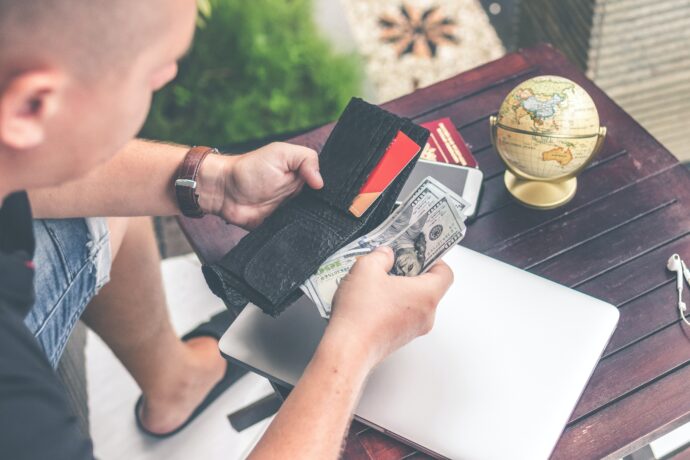
Although it is now easy to take any kind of loan, one also needs to think about paying it back. An average household in the country spends more than $6,000 in credit card expenses while having more than $24,000 debt in other non-mortgage loans. It can be said that a lot of Americans spend more than what they earn. Yet there are many debts that are unforeseen, and they can often affect you when you least expect it to. It is important to pay back the debt in time and reduce the payoff time period. You should also ensure that the debt does not go out of control especially when you are paying back the credit card bills. Almost all average American households have more than one credit card, and that makes it imperative to at least pay the minimum amount on each card. Ideally, one must understand the interest rates to fully pay off any credit card expenses. Alternatively, you could choose to pay for the card that has a small balance. In order to keep the interest amount low, you can always opt to pay a little more than the minimum. It is all about planning and strategizing by spending in a judicious manner and saving that extra one dollar toward paying the debt on your credit card. Also, to keep your interest rates low, you must consider consolidating all debt into one that carries a low-interest rate. Additionally, a transfer fee must be taken in to account while you plan to pay your debt. No matter which strategy you plan to opt, savings and expenditure must be a balanced affair. This calls for revisiting your current spending and reprioritizing your budget. The credit card bill is the most effective and helpful way to categorize your spending and simplify your savings and debt in the most rational way. You have to ensure that you have a realistic plan while paying off your credit card debt by monitoring your expenses daily if not on a weekly basis. You will eventually have outstanding bills that you may have to freeze until you pay off your current debt. You can choose to opt for an interactive budget calculator spreadsheet to maintain a balanced debt while saving more and spending rationally. The snowball method is also a good choice, as it motivates and encourages you to keep the debt amount as low as possible. Savings are an effective strategy, but in case of credit card debt, you must consider to pay off the savings to keep the debt low and eventually get rid of the same. You can also choose to consolidate your debts into mortgage. Eventually, it all comes down to one’s financial standing and the payoff strategy. An ideal strategy is to opt for a credit card with a small payoff balance, while ensuring that you pay your debt in time. Don’t be too mesmerized by the rewards points as you might just be spending more on the credit card.



